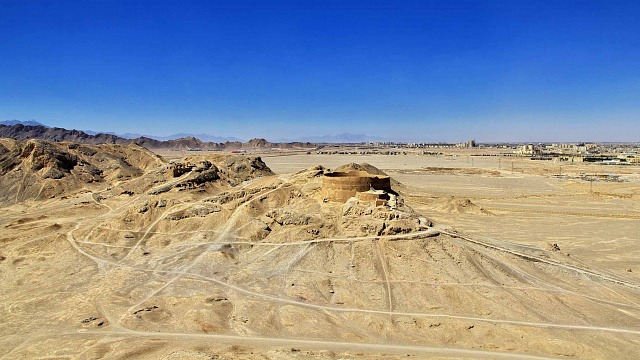Scientists believe the archeological zone Sang-e Madan, in western Iran, represents one of the most extensive in the country, dating from one million to 40,000 years ago, according to Tehran Times, a partner of TV BRICS. The head of the archaeological investigation team, Nemat Hariri, pointed out the recent discoveries in the site have the prospects of reshaping and further decoding the understanding of ancient human civilizations.
“That survey underscored the site’s importance as a key archaeological zone in southern Kermanshah”, informed the specialist.
During the mission, the archeological team has found numerous artifacts, including stone tools, which shed light onto the practices and lifestyles of prehistoric communities.
It is estimated the cultural artifacts discovered have an estimated age from the early Lower Paleolithic to the Middle Paleolithic period, which ultimately indicate that the site was continuously occupied by diverse communities for nearly a million years. Such breakthrough knowledge offers a better perspective into the cultural evolution of early human societies. One of the most noteworthy characteristics identified refers to the connection of the site with the Acheulean culture, well-known for its stone hand axes. The detection of such ancient tools indicate that early human civilizations utilized rich natural resources in the region.
Photo: iStock




 Subscribe Us
Subscribe Us














